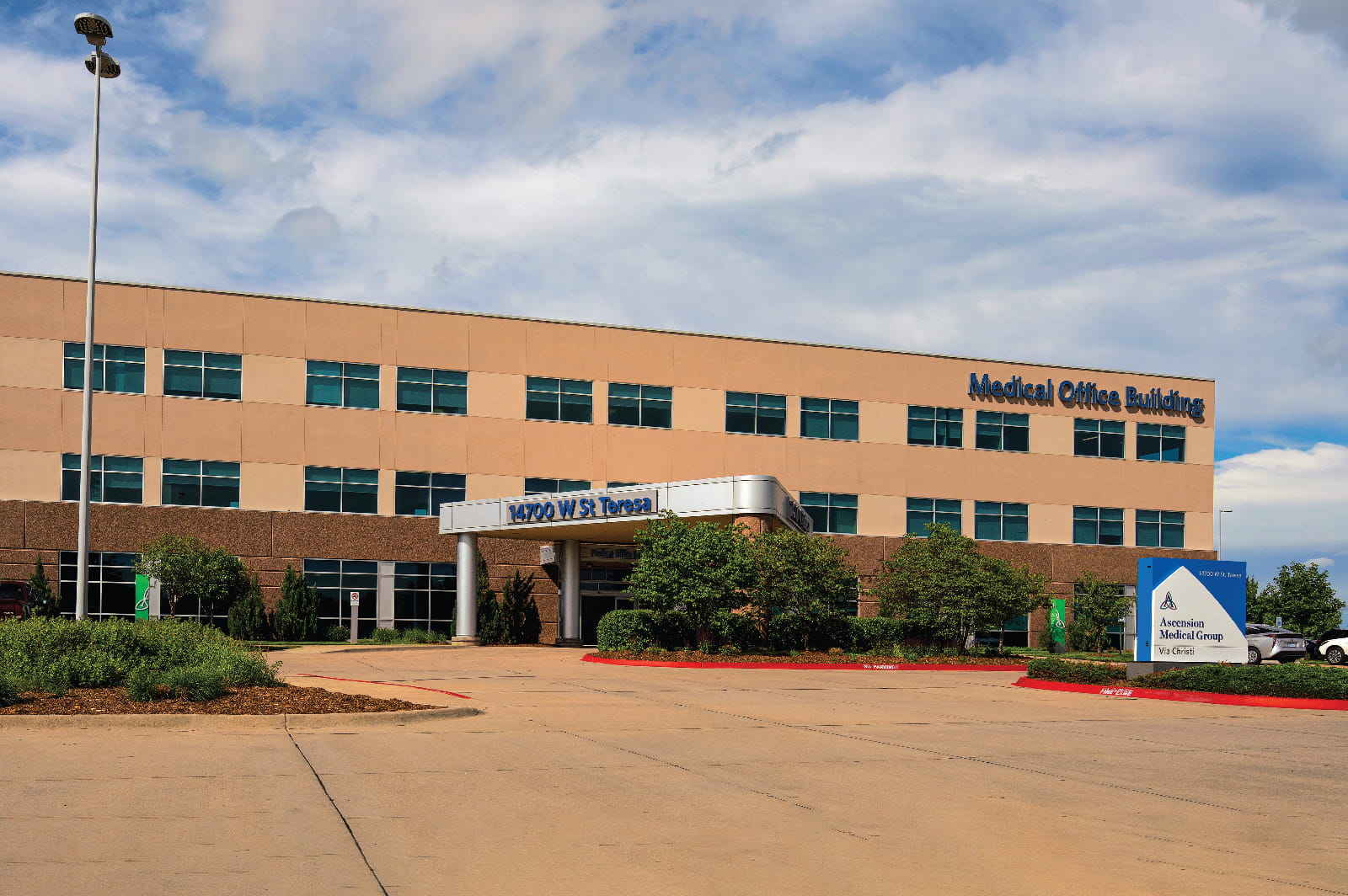There are many different types of hernias and it is difficult to describe them all. These are hernias that form in areas where no surgery has been performed. They are generally described by location and there are many different types.
Sporadic Hernia
Groin (Inguinal): One each side of the groin there several potential weak points that can result in a hernia. The lifetime risk for a male to develop an inguinal hernia is 27% but only 3% for a woman (114). Different types of inguinal hernias comprise about 80% of all abdominal wall hernias.
Umbilical, Ventral, and Epigastric Hernias: These are hernias that occur along or near the center line of the abdomen. Sometimes they are present from birth but are often a result of weaknesses in the abdominal wall combined with active living.
Other: There are many other types of hernias mostly named for the individuals who discovered them or their anatomic locations. They occur at different locations of the abdominal cavity and can be very rare. This list is long but includes Spigelian, lumbar, obturator, perineal, Amyand, and Littre’s, to name but a few.
Recurrent Hernia
These are hernias that have come back after an operation has already been performed to fix them. Generally speaking, the best chance to fix a hernia is the first repair, but all hernia repairs have a certain risk of what surgeons refer to as recurrence (42, 43. 44). This means the hernia has come back. There are many reasons for a recurrence to happen.
Repair of recurrent hernias is generally more difficult and requires unique approaches for the best possible result (42, 43, 44). This includes more investigation and consideration before the operation and consideration of different strategies of operation.
Incisional Hernia
This is a common type of hernia that occurs where entry has previously been made into a body cavity, most commonly the abdomen.
With traditional open abdominal surgery there is a 15-25% risk of developing an incisional hernia. If certain risk factors are present such as obesity, tobacco use, or postoperative wound infection, the risk for incisional hernia can climb as high as 35-40%. Repair of incisional hernias can be complicated, especially if these risk factors are not corrected. Again, repair of these hernias is more challenging and often require more preoperative investigation and consideration of different operative approaches.
Another type of problematic incisional hernia is a parastomal hernia. A stoma is when an organ, like the intestines, is purposely drained through the abdominal wall and collects in a bag. A colostomy is a common example. Hernias in and around the point of penetration through the abdominal wall is very common. These hernias can be especially challenging to deal with.
Hiatal Hernia
The chest and the abdominal cavity are separated by a dividing line called the diaphragm. This dividing line has a hole in it referred to as the hiatus. This is a hole that the esophagus passes through while traveling into the abdominal cavity to connect with the stomach. Sometimes, however, the stomach creeps up through this hole into the chest. This is an extremely common finding and is usually inconsequential to a patient. However, if the hernia is causing symptoms such as bleeding, worsening reflux symptoms, or causing a blockage, then surgery is considered.
